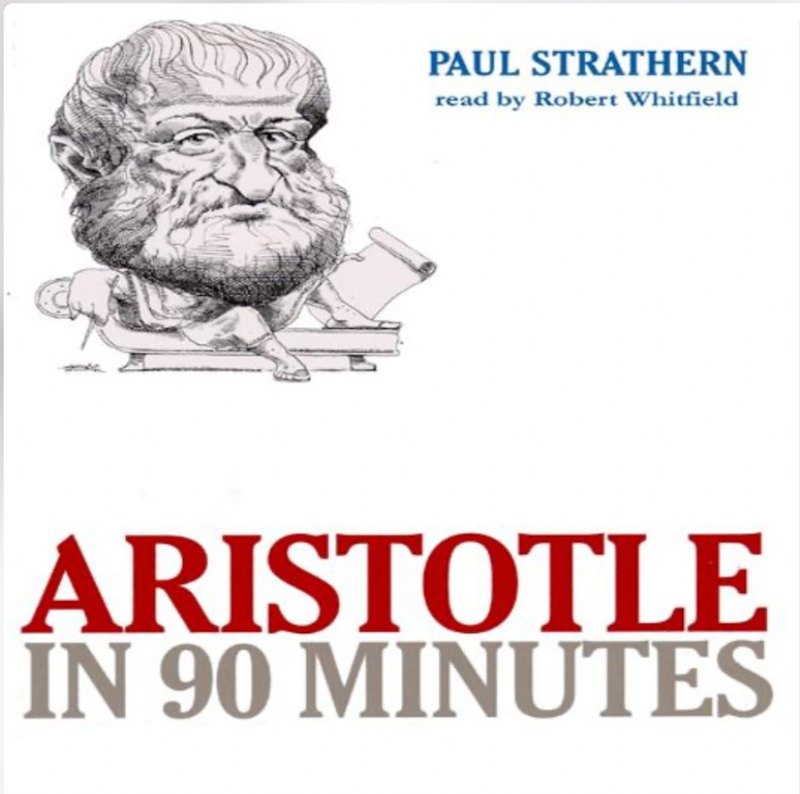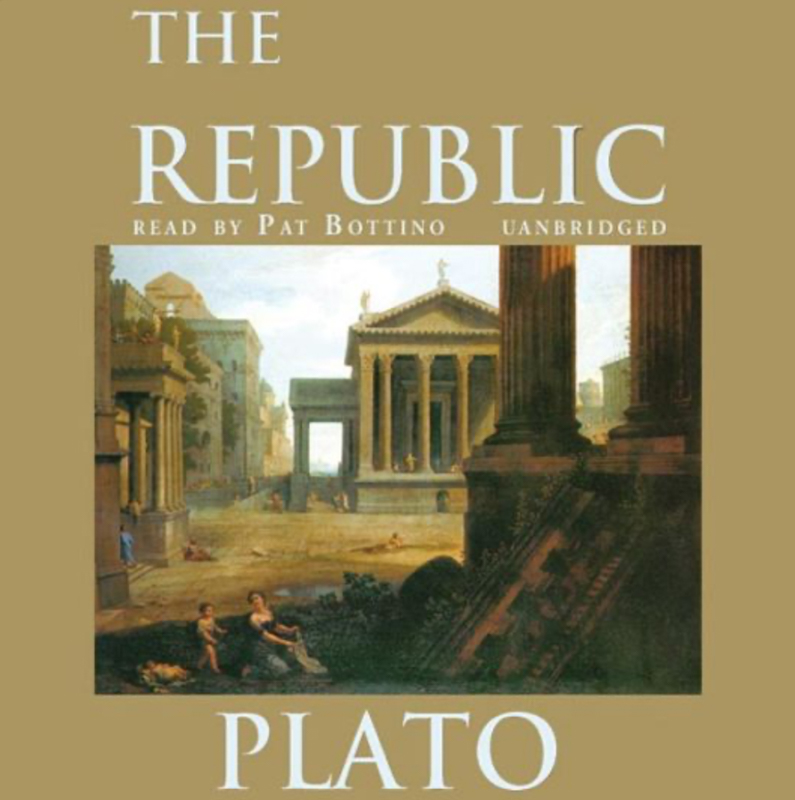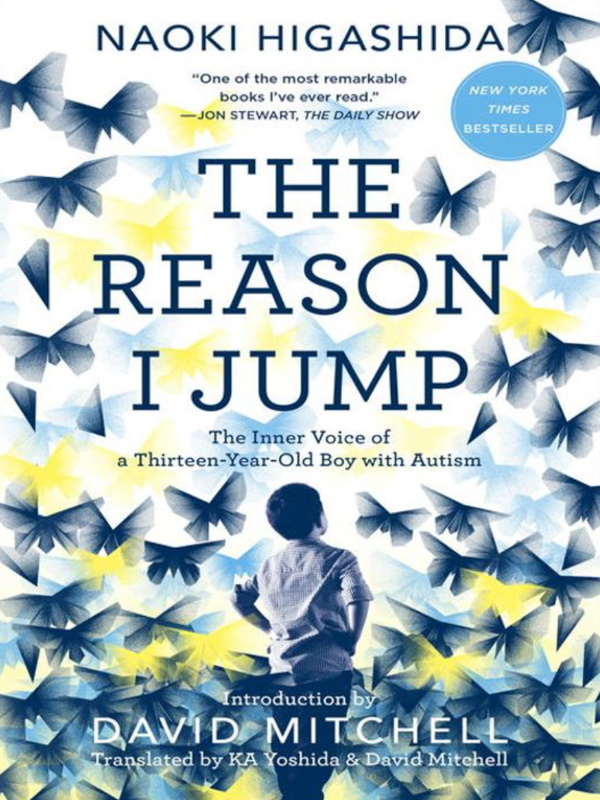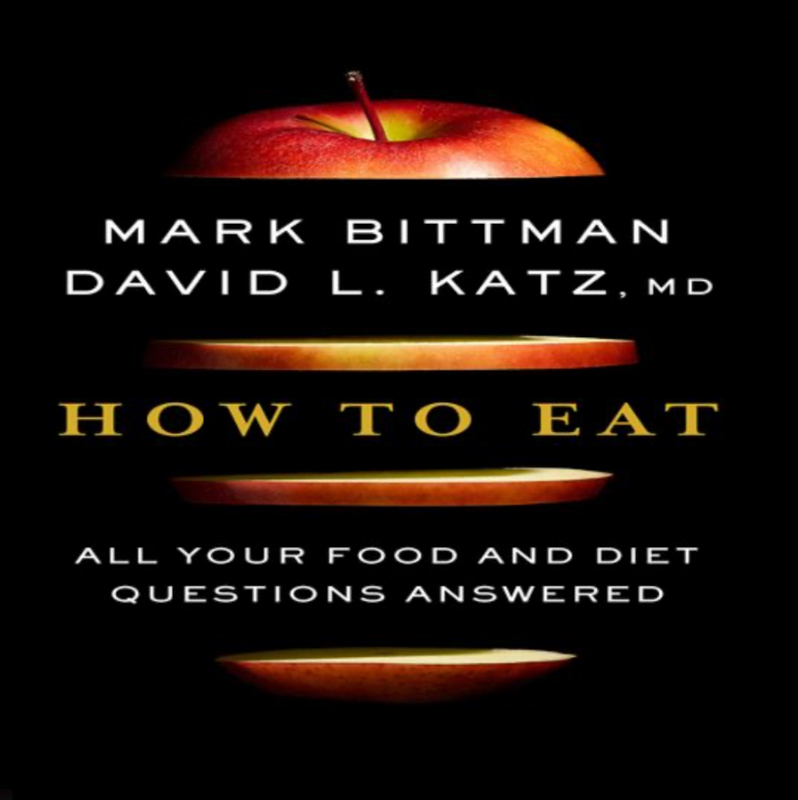Aristotle in 90 Minutes
Background
Published in 1996, “Aristotle in 90 Minutes” by Paul Strathern provides a concise overview of Aristotle’s life and philosophical contributions. The book explores Aristotle’s extensive work across various fields, including logic, ethics, politics, and natural sciences, highlighting his methodical approach to categorizing human knowledge. Strathern presents Aristotle’s ideas in an accessible manner, offering insights into his influence on Western thought. The text includes selections from Aristotle’s writings, chronologies to contextualize his era, and suggestions for further reading, serving as an introductory guide for those interested in understanding Aristotle’s impact on philosophy.

My Thoughts
As I approached the writings of “The Great Philosopher”, I thought it might be a good idea to get some supporting texts under my belt before I start on his writings. This may turn out to be a terrible idea as I am already influenced by what I’ve read. (I’m reading three other books on the subject.) However, I believe I will get more out of Aristotle’s thoughts if I come at it with some familiarity.
This was a good bird’s eye view of the life and teachings of Aristotle. As I have studied his life before, very little was a surprise other than some of his personal life. (E.g. Falling in love.) However, it was a great reminder and has been useful in tying everything together.
Recommendation
This would be a great book to start off studying the work of Aristotle and understanding the major events in his life.


